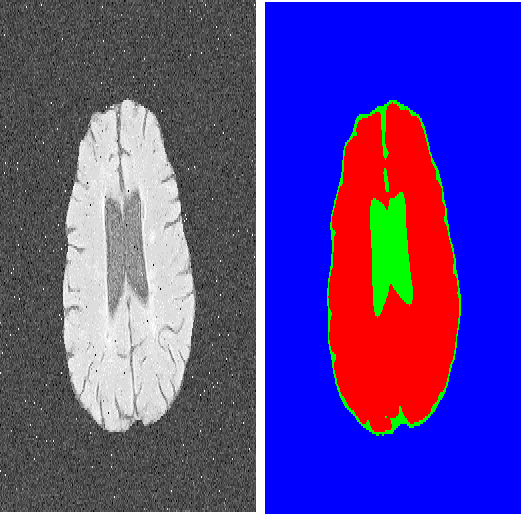Despite the astonishing performance of deep-learning based approaches for visual tasks such as semantic segmentation, they are known to produce miscalibrated predictions, which could be harmful for critical decision-making processes. Ensemble learning has shown to not only boost the performance of individual models but also reduce their miscalibration by averaging independent predictions. In this scenario, model diversity has become a key factor, which facilitates individual models converging to different functional solutions. In this work, we introduce Orthogonal Ensemble Networks (OEN), a novel framework to explicitly enforce model diversity by means of orthogonal constraints. The proposed method is based on the hypothesis that inducing orthogonality among the constituents of the ensemble will increase the overall model diversity. We resort to a new pairwise orthogonality constraint which can be used to regularize a sequential ensemble training process, resulting on improved predictive performance and better calibrated model outputs. We benchmark the proposed framework in two challenging brain lesion segmentation tasks --brain tumor and white matter hyper-intensity segmentation in MR images. The experimental results show that our approach produces more robust and well-calibrated ensemble models and can deal with challenging tasks in the context of biomedical image segmentation.
翻译:尽管以深层次学习为基础的方法在诸如语义分解等视觉任务方面表现惊人,但人们知道,这些方法产生了错误的预测,可能对关键的决策过程有害。综合学习表明,不仅提高了单个模型的性能,而且通过平均独立预测减少了它们的误差。在这种假设中,模型多样性已成为关键因素,有利于单个模型与不同的功能解决方案相融合。在这项工作中,我们引入了Orthogonal 共聚网络(OEN),这是一个通过正反调限制手段明确执行模型多样性的新框架。拟议方法基于这样的假设,即:在共同构成要素的成分中诱发或分解将增加总体模型多样性。我们采用一种新的对称或分解制约,可以用来规范连续的共性培训进程,从而改进预测性业绩和更好的校准模型产出。我们将拟议框架作为两个挑战性大脑分解任务的基准 -- -- 脑肿瘤和白物质高密度分解任务。拟议方法的基础是,在MRI图像中,在诱导和高压的图像分析中,实验性结果显示我们具有更强性和高分辨率的模型。




